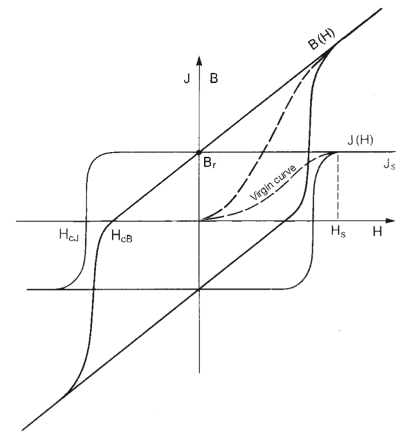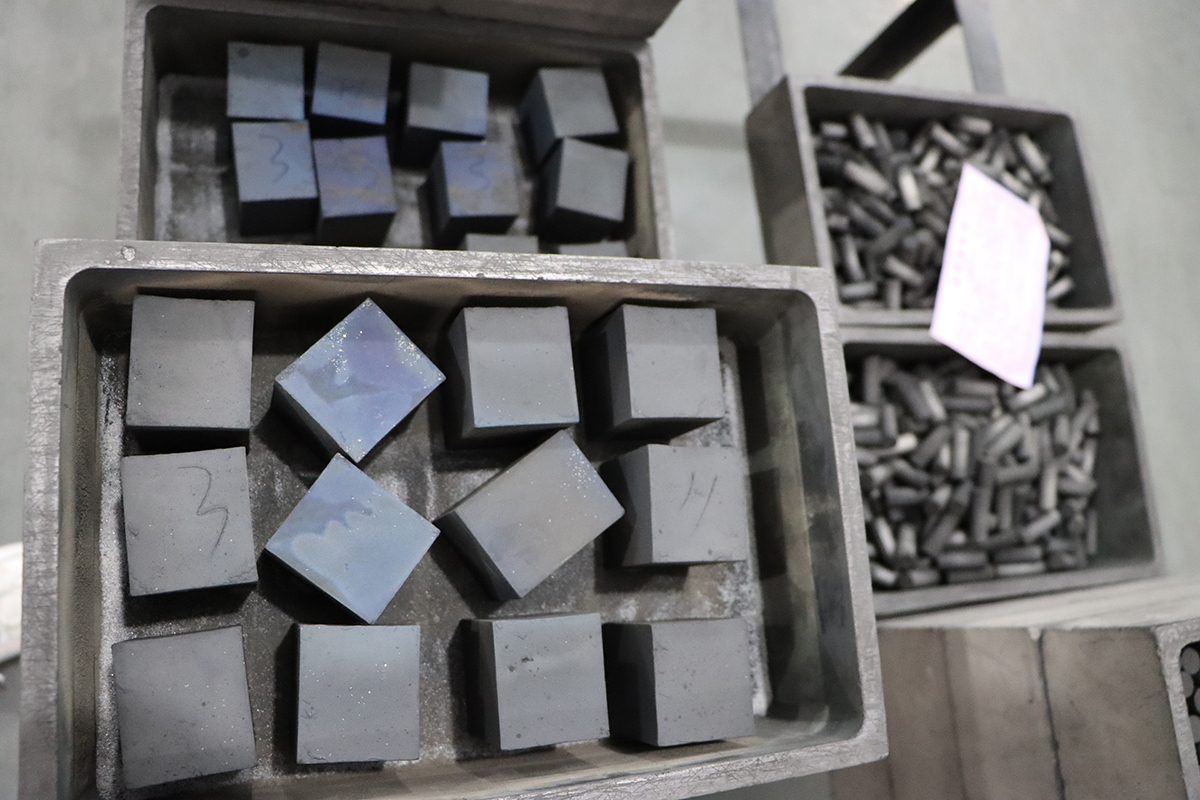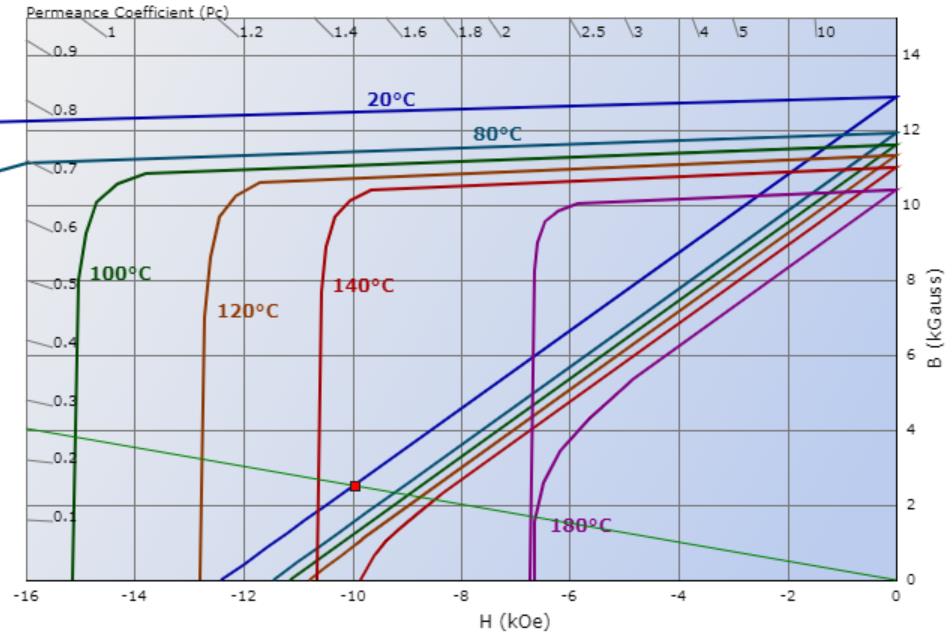(Demagnetization Curves for N40UH Neodymium Magnet)
Magnets have fascinated humans for centuries, displaying fascinating powers that seem inexplicable. At the heart of a magnet's power lies the demagnetization curve, a fundamental concept in understanding its magnetic properties. In this blog post, we embark on a journey to demystify the demagnetization curve, uncovering the secrets behind its construction and its significance in various applications. So, let's dive into the world of magnetism and explore this interesting phenomenon!
Demagnetization curve announced
A demagnetization curve, also known as a magnetization curve or hysteresis loop, depicts the behavior of a magnetic material when subjected to a changing magnetic field. It shows the relationship between the strength of a magnetic field and the resulting magnetic induction or flux density. By plotting magnetic field strength (H) on the x-axis and magnetic flux density (B) on the y-axis, demagnetization curves allow us to understand and analyze the magnetic properties of materials.
Understanding the Behavior of Magnetic Materials
By looking at the demagnetization curves, we can identify the key parameters that define the material's behavior in different magnetic fields. Let's explore three important aspects:
1. Saturation point: Initially, the curve slopes up sharply until it reaches a threshold, at which point no increase in magnetic field strength will affect the flux density. This point marks the saturation of the material. Different materials have different saturation points, which represent their ability to remain magnetic under strong magnetic fields.
2. Coercivity: Continuing along the curve, the magnetic field strength decreases, resulting in a decrease in magnetic flux density. However, when the material retains some degree of magnetization, there will be a point where the curve intersects the x-axis. This intersection represents the coercive force, or coercive force, which indicates the material's resistance to demagnetization. Materials with high coercivity are used in permanent magnets or other permanent magnetic applications.
3. Remanence: When the magnetic field strength reaches zero, the curve intersects the y-axis to give the remanence flux density or remanence. This parameter indicates the degree to which the material remains magnetic even after the external magnetic field is removed. High remanence is critical for applications requiring long-lasting magnetic behavior.

Application and Significance
Demagnetization curves provide valuable insight into material selection and optimization for a wide range of applications. Here are some important examples:
1. Motors: Knowing the demagnetization curve helps in designing efficient motors with optimized magnetic materials that can withstand high magnetic fields without demagnetization.
2. Magnetic data storage: Demagnetization curves help engineers develop optimal magnetic recording media with sufficient coercivity for reliable and durable data storage.
3. Electromagnetic Devices: Designing inductor cores and transformers requires careful consideration of demagnetization curves to suit specific electrical and mechanical requirements.

Conclusion
Delve into the world of magnets through the lens of demagnetization curves, revealing the complexities of magnetic material behavior and their applications. By harnessing the power of this curve, engineers are paving the way for innovative advances across a wide range of fields, shaping the technological landscape of the future. So next time you come across a magnet, take a moment to understand the science behind its magnetism and the secrets hidden in a simple demagnetization curve.
Post time: Aug-09-2023

